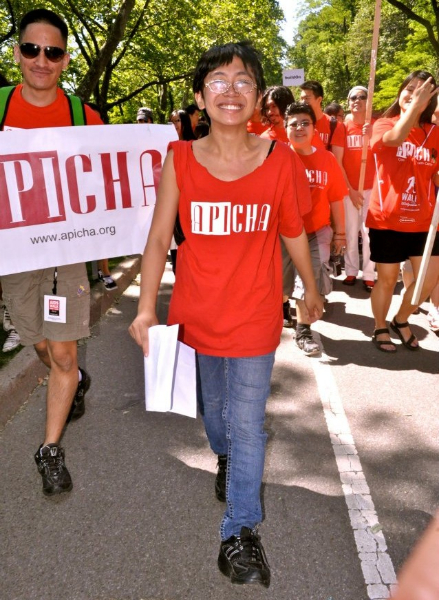Amb. Cuisia invites investors to bid on PHL infrastructure, asks: Where are the Americans?
By Cristina DC PastorAmbassador Jose Cuisia was in New York August 28 to invite prospective investors to consider partnering with the Philippine government in sectors, such as energy, agribusiness, infrastructure, and housing.
Speaking to reporters after a meeting with executives from Pfizer, 3M, and Transfast, among others, Cuisia said he responded to questions and provided an update about the Aquino government’s Public-Private-Partnership Program (PPP).
Seven projects have been completed under the PPP, according to the envoy. They are:
• Daang Hari-SLEX Link Road, P2.01 billion
• School Infrastructure Phase 1, P16.28 billion
• NAIA Expressway Project, P15.52 billion
• School Infrastructure Phase 2, P3.86 billion
• Modernization of the Philippine Orthopedic Center, P5.69 billion
• Automatic fare collection system, P1.73 billion
• Mactan Cebu International Airport passenger terminal, P17.52
About 20 to 30 projects more are about to be completed or currently under discussion, he said.
“I’ve seen various nationalities, but not as many Americans (investors),” he said casually. He said some of the more prominent investors are Japanese, South Koreans, and Australians.
He recalled how American investors were active in the Philippines in the 1970s to the 1980s, a time when Bechtel had several construction and engineering projects around the country.
He’s been told, said Cuisia, that Americans prefer to engage in smaller, independent projects, and PPP projects are mostly large-scale where investors need to be part of an international consortium.
“They (Americans) tend to bid on their own,” he said.
The Philippines is a “success story still being told,” said CEO Samish Kumar of Transfast, who was one of the executives who met with Cuisia.
Transfast is a leading money remittance service, which has been operating in the Philippines for nearly 25 years. They have 14K locations across the country, from the major cities to the smallest hinterland village, he said. They are available in banks, pawnshops and other centers for money transfer services.
Kumar said his company has grown “15 times in the last seven years,” driven in part by the large Filipino diaspora in the U.S. and Canada, Europe and many parts of Asia. While Filipinos enjoy big numbers in Italy, the U.K., and the Benelux states, he said Transfast is looking to expand some more across Europe.
The Philippines, however, could use some improvements in transportation infrastructure, observed Kumar. He said many of their customers are commuters, and it would help if the travel time would be shorter. He was thinking in terms of more mass transit systems and highways that would ease traffic.
Challenges aside, Kumar said his company would continue to be a major player in the remittance sector in the Philippines.
“The 3.5 million Filipinos in the U.S. and the 850,000 in Canada send nearly $13 billion–or more than half of the approximately $25 billion—of global, cross-border remittances sent annually to the Philippines,” he said.
Remittances by overseas Filipinos went up by 5.9 percent to $2.050 billion in June, raising the total for the first half by 5.8 percent to $11.422 billion.












